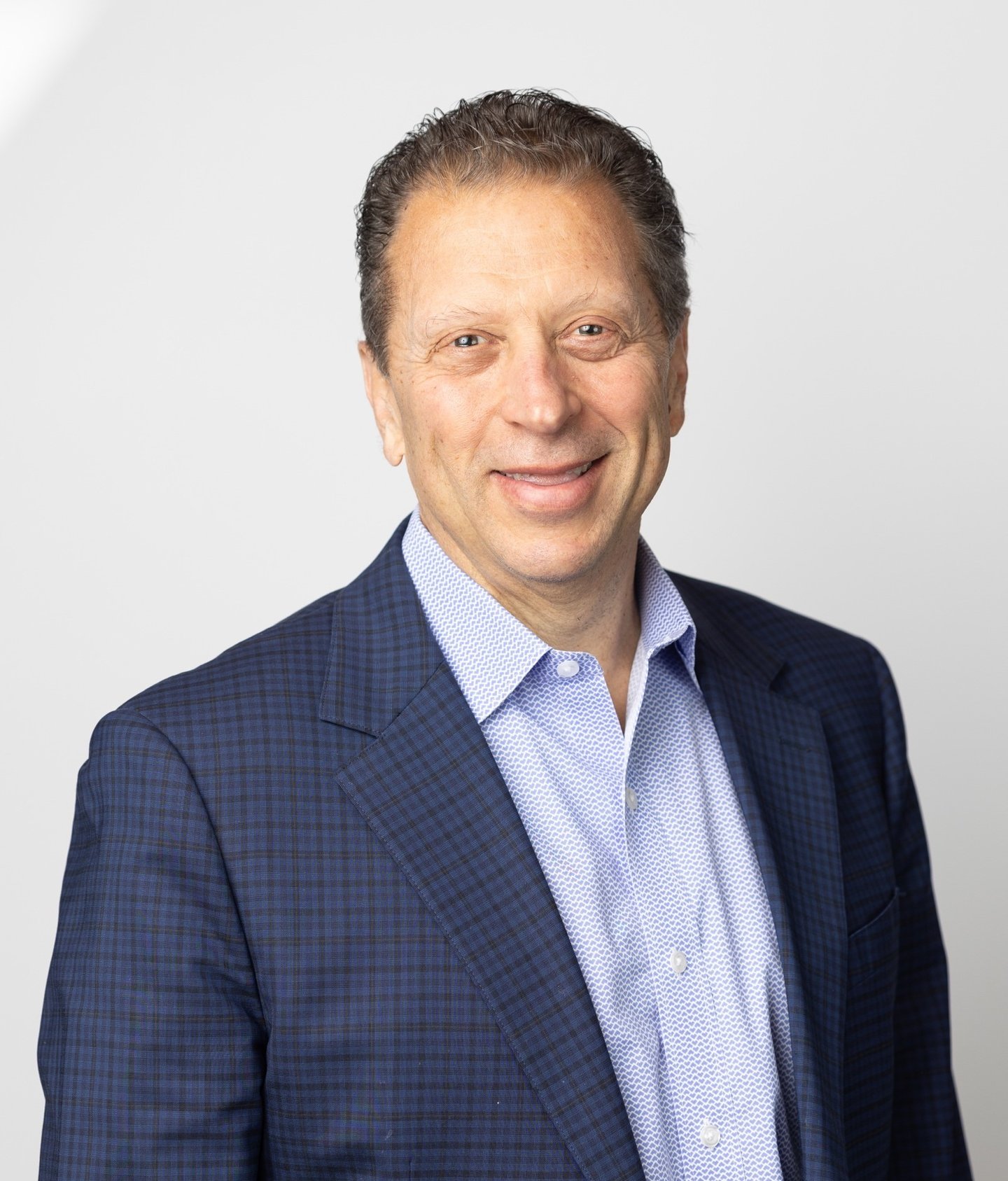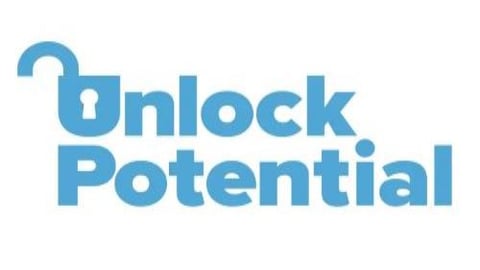How Retailers Can Manage the Growing Contingent of Flex Employees
Last month, supermarket chains Giant Eagle and The Kroger Co. completed implementation of Point Pickup Technologies’ Flex Workforce services, which give both enterprises and workers the ability to match on-demand same-day e-commerce job opportunities with worker availability and experience. These same-day on-demand flex positions include sorting shifts at warehouses, picking and packing in dark stores, in-store shopping and delivering, on-demand and same-day delivery, and other custom e-commerce work.
Progressive Grocer recently spoke with Tom Fiorita, founder and CEO of Stamford, Conn.-based Point Pickup, about what food retailers must do to adjust to, and ultimately excel in, the flex economy — or, as Fiorita refers to it, the “Care Economy,” which the company defines as “a healthy work environment [that helps] flex workers better manage crucial aspects of their work and lives with job-based rewards and vital services.”
Progressive Grocer: What is the importance of flex workers to the food retail sector?
Tom Fiorita: We all hear, and everybody’s talking, about The Great Resignation, and the future of work and the flex workforces. It’s the future of work, the flex workforce, so we’re enabling the support and the transition to the ultimate flex workforce.
The importance of the flex workers to food retailers is, No. 1, to compete and be a viable entity in this new world of e-commerce, and the No. 2 part is to drive what I would call retaining good workers and a sustainable life for both the retailer and the worker. It’s really the ability for these companies to be in business in the next five years, with good, supported, retained individuals who like to have a flexible lifestyle. That’s not driven by what I think or what the retailer thinks. It’s driven by what the people think. Some people call it the flex economy. We like to say it’s the Care Economy. It’s a 100-year generational change.
PG: Why was Point Pickup created?
TF: Almost seven years ago, I saw what was happening in the marketplace with Amazon, to be specific — that they were going to take over the world — and I, a local kind of a guy, said, “I am going to build the platform to save all of those retailers, large and small, who are not Amazon.” The second piece was, I wanted to provide an easy-access, supportive system for the people who do the work. They deserve to have all of the opportunities and support, like they were going to be working at a company, and we could provide that. That’s why I started it: to save the retailer and save the worker in the way people would like to live.
PG: How does the solution work, exactly?
TF: For both the retailers and the people who need to do the work, we need to have a plug-and-play system, right? For the folks who are doing the work, they plug in, meaning they have an app and they can put in time, day, type of work, all skill sets, with easy access. Then we need to have what we call an API [application programming interface] in the technology world — the plug-in for the retailer, so they have easy access to all of the folks that want to do the work. Now, to make this sustainable for both parties, we need it to be the correct pricing and the availability and the retained nature of these folks, so that it becomes repeatable, that we have the same folks doing the work, and that creates a nice outcome. But we also have to build something for the folks who are doing the work to help them, including banking, insurance, rewards for doing their work, and community support — even online mental health care.
We have to have both of these to work, and, of course, the technology and the data to share this with all parties. We can simply provide easy access through technology, matching of the correct folks with the correct needs — something that we call the precision matching system — that we built. All our technology is proprietary, and it’s all ours. Then we can give the support to the retailer, with all the data, and we can give the support to the folks doing the work. We believe this creates the next generation of the flex work, or the support system of this transition into the flex work.
What we’ve been able to do is, once we have the infrastructure support for both parties sharing the data, then we can get bespoke-like, in certain instances, to create some of the nuances that are needed by certain retailers. So it is, I believe, very important that our technology, although it is standardized to provide the outcome that we want in pricing and support and care, allows us to be able to offer some nuanced differentiation, depending on the needs of our customers.
PG: What do you think is the future of the flex workforce at food retail, and how will companies have to deal with it?
TF: Within five years or less, 50% of the work needed, the support work that we discussed before, will come from flex work relationships and a flex work platform. That, I don’t think, is going away. If we believe half of the work is going to come from flexible work, we then have to have that easy access, on-demand, for both retailers and workers. And then what we focus on, and what we continue to focus on, is ushering in the Care Economy.
The next part is you need an app for the flex workers that is going to provide the sustainability and the community and the support system to make this viable into the future. We need to make it easy, not only to get on it, but to also evaluate themselves, have the resources and the dashboards, and all of the services and support to do it.
It’s our responsibility, I believe, as citizens to provide the correct support and platform to give easy access for folks to live in that environment. It’s going to benefit them, and it’s going to benefit the retailer. We’re encouraged that many others will join this mission. It’s in their best interest, not only as great retailers, to survive, but also as great citizens and providers to our society. It’s not often that the convergence of a trend and generational change is happening, that the constituents from either side actually want what’s happening. That’s pretty remarkable. And the outcomes are wins for the retailer, survival, margins and the folks doing the work.





